Spathiphyllum cultivation methods and precautions
Last Update :2024.06.21
Article Catalog
Soil: It is best to use loose soil for cultivating Spathiphyllum, and soil with good drainage and air permeability is best. Watering: There should be sufficient water during the period of vigorous growth, but not too much water. Just keep the soil moist. Light: Sufficient light should be provided in spring and autumn. If the sun is strong, it should be properly shaded and should not be exposed to the sun.
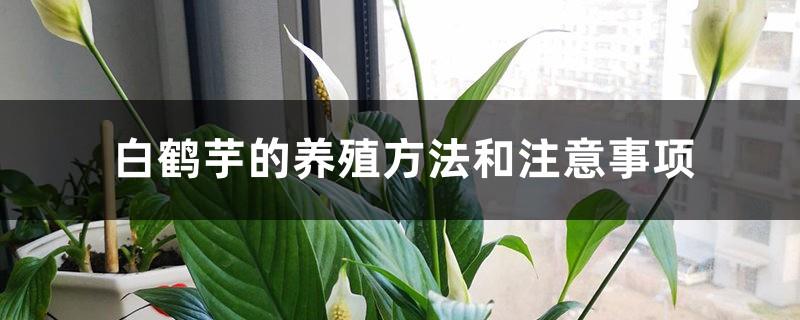
1. Soil
1. Soil
It is best to use loose soil for cultivating Spathiphyllum. In addition, the drainage and air permeability of the soil are also very important. Do not use soil that is too sticky.
2. Watering
During the period of vigorous growth, there should be sufficient water to keep the soil moist, but watering should not be too much. Water accumulation will easily cause root rot. Summer weather In hot weather, you can spray water around the plants to lower the temperature and increase air humidity. In winter, when the weather is cold, keep the soil as dry as possible and reduce watering.
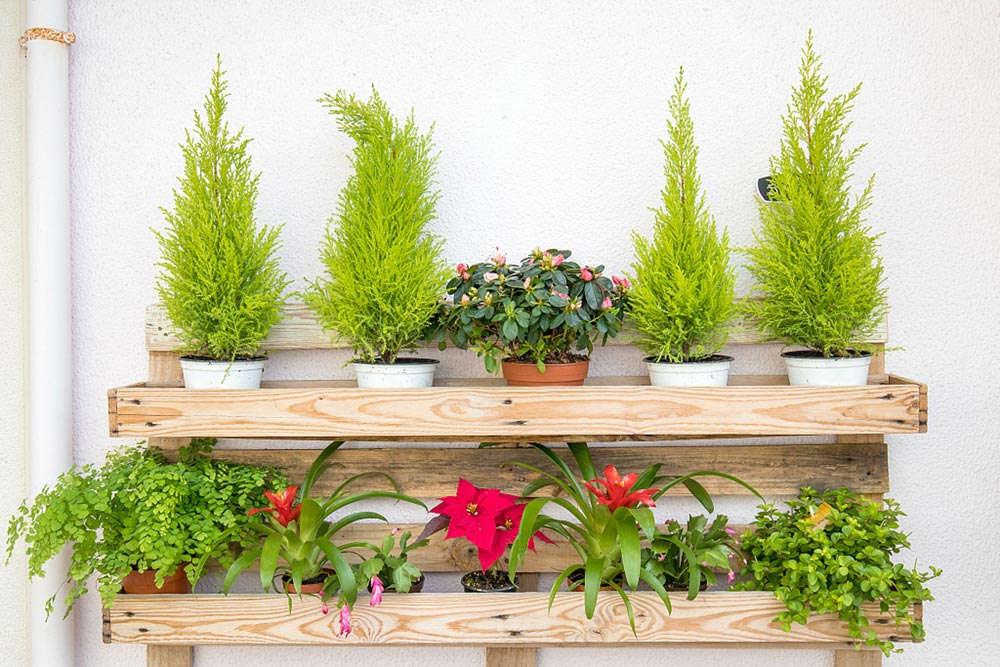
3. Light
Spring and It should receive sufficient light in winter, and should be properly shaded in midsummer or autumn when the sun is strong, and should not be exposed to the sun. If exposed to the sun, the leaves will turn yellow, and in severe cases, sunburn may occur.
4. Temperature
Spathiphyllum prefers a high-temperature growth environment. It is best to keep it indoors in winter and keep the temperature at about 25℃. The night temperature is best at 14-16℃. Well, if the temperature is too low in winter, the leaves will fall off or turn yellow.
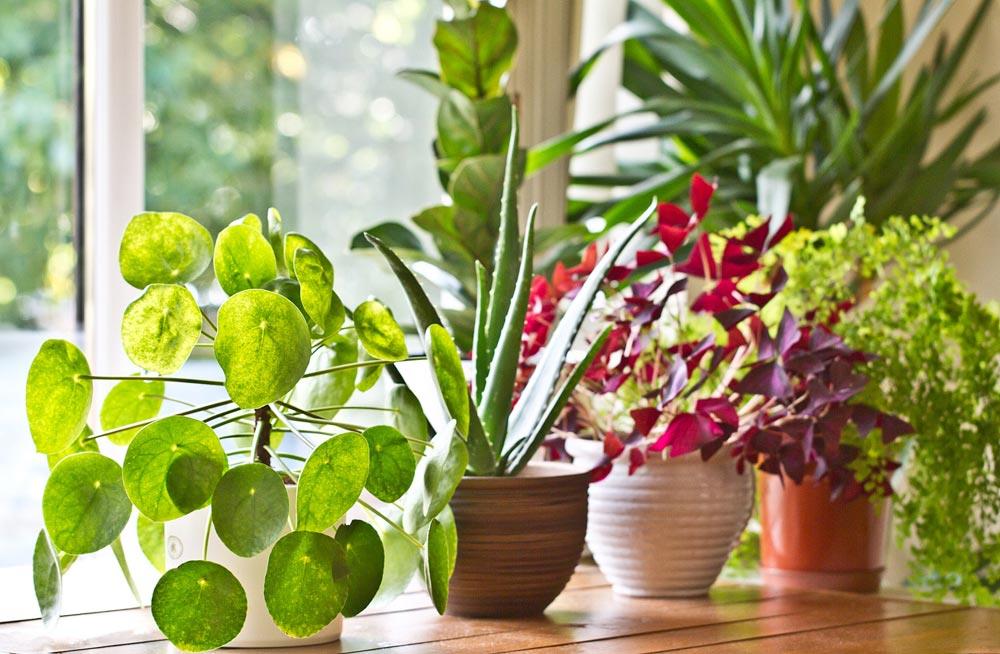
5. Precautions
Change Pot: When cultivating Spathiphyllum, you need to change the pot every 1-2 years to help it grow. When changing pots, you should trim off old and rotten roots, clean up the old soil, and replace it with clean soil.
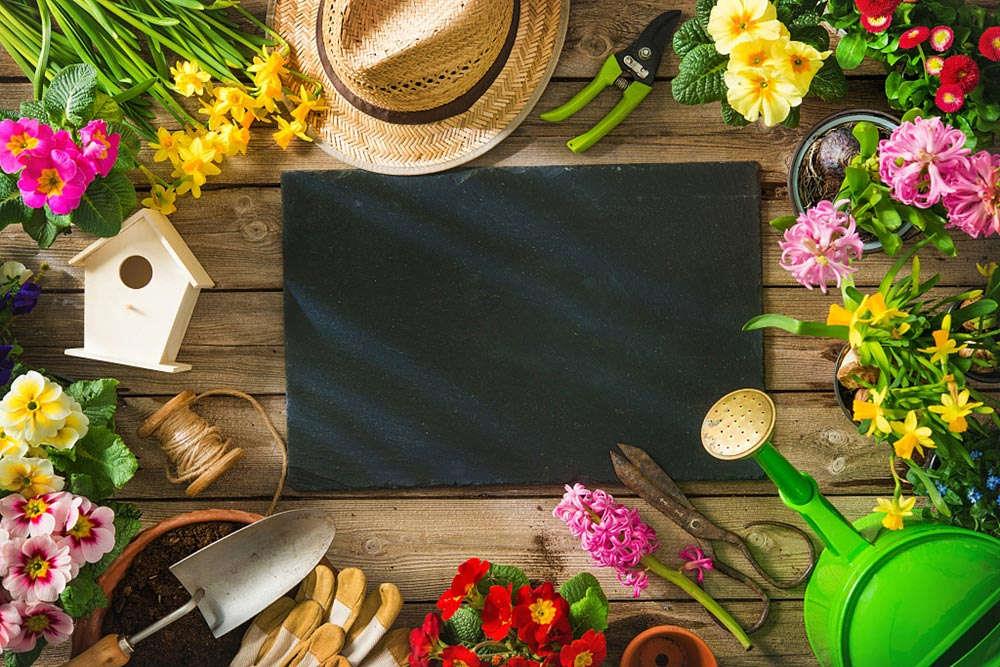
2. Watering
3. Lighting
4. Temperature
5. Things to note
- END -
How to grow potted hostas and precautions
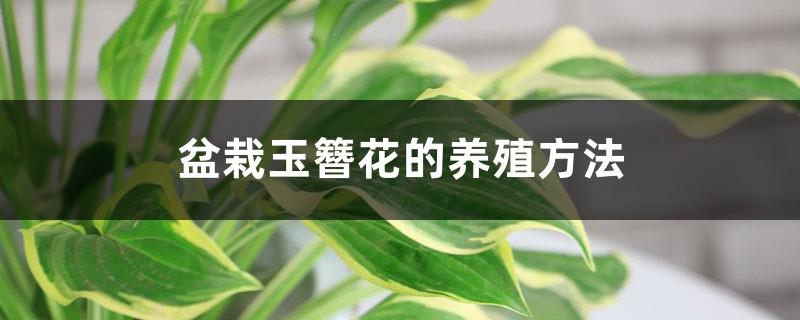
Soil: Sandy loam soil is most suitable for growing potted hostas. The soil is fert...
What material is perlite made of, and what are its functions and effects?

Perlite is not made of any material, but a natural substance that occurs naturally...